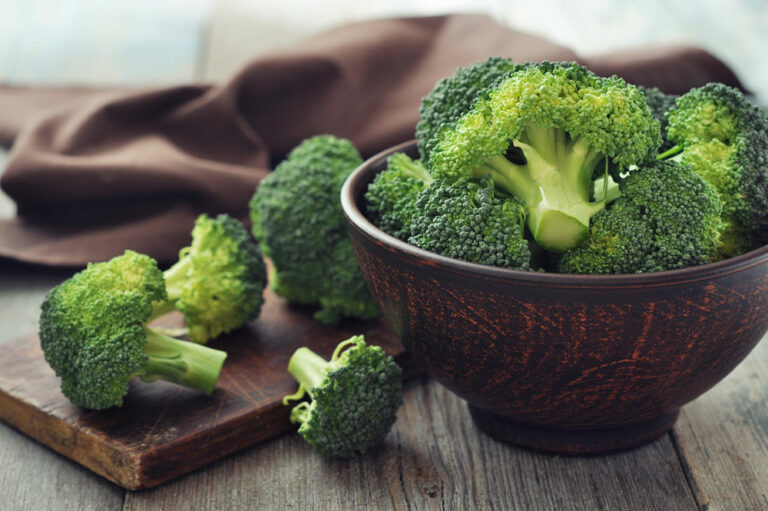
Warning Signs of High Blood Sugar
High blood sugar levels in the body are the common cause of Type 2 diabetes and Chronic Kidney Disease (CKD). According to the National Kidney Foundation, type 2 diabetes is a leading cause of CKD. Thus the best way to prevent CKD related to type 2 diabetes is by controlling high blood sugar levels. Here are some warning signs and foods that may indicate and contribute to a spike in blood sugar levels. What is blood sugar level? Glucose is an essential energy source for the body and is obtained from different foods. The blood sugar level, also known as blood glucose level, measures how much glucose (sugar) is present in the bloodstream. Upholding healthy blood sugar levels is crucial for overall health and well-being. Various conditions, including diabetes and other illnesses, can cause high or low blood glucose levels. When it comes to blood sugar levels, it is essential to understand how to monitor and manage them to maintain optimal health. Warning signs that increase blood sugar levels Here are some crucial warning signs of diabetes that you should be aware of. If you experience any of these symptoms on a regular basis, it’s important to see a doctor and get tested for diabetes.
Read More 










